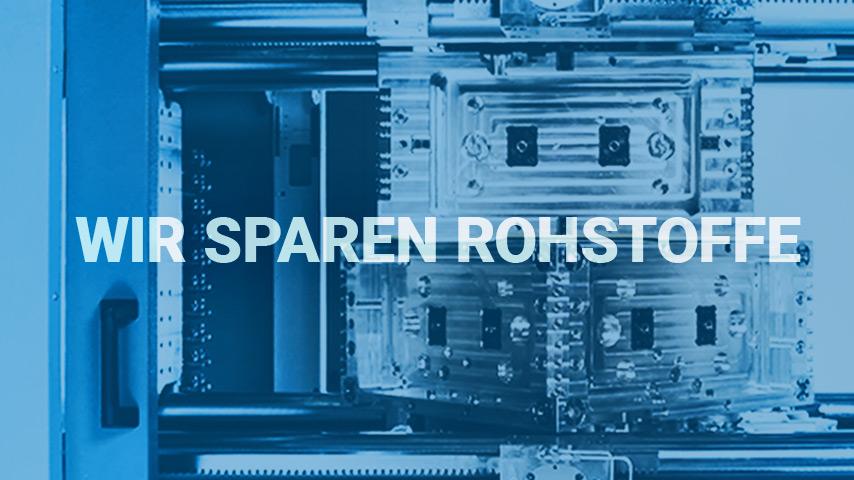PRIAMUS SYSTEM TECHNOLOGIES
PRIAMUS SYSTEM TECHNOLOGIES mit Hauptsitz in Schaffhausen/Schweiz bietet intelligente Prozessüberwachungs- und Regelsysteme für das industrielle Spritzgiessen an. Die Produktpalette umfasst Werkzeuginnendruck- und Werkzeugwandtemperatur-Sensoren, digitale Verstärker und Schnittstellen sowie komplette Softwaresysteme zur Qualitätssicherung im Spritzgiessprozess. PRIAMUS-Systeme sind darauf ausgelegt, Ausschuss zu erkennen und auszusortieren, den Prozess automatisch zu optimieren und die Qualität während der gesamten Produktion konstant zu halten. Auf diese Weise werden die Kosten deutlich gesenkt und gleichzeitig eine hohe Prozesssicherheit gewährleistet.
PRIAMUS SYSTEM TECHNOLOGIES ist seit 2015 ein Unternehmen der Barnes Group Inc. Zusammen mit den Partnerfirmen der Molding Solutions-Gruppe werden Produkte und Dienstleistungen aus einem weiten Bereich angeboten. Diese reichen von hochwertigen Spritzgiesswerkzeugen über Heisskanalsysteme und -regelgeräte bis hin zu intelligenten Prozessregelsystemen.
Wir beraten Sie gerne bei der Planung und Umsetzung Ihrer Spritzgiessprojekte mit durchdachten Lösungen aus einer Hand.
Prozessüberwachung
Bei PRIAMUS basiert die Überwachung des industriellen Spritzgiessprozesses auf echten Prozesskennwerten, welche durch Werkzeuginnendruck- und Werkzeugwandtemperatur-Sensoren gewonnen werden. Durch die Kombination dieser beiden Sensortypen sind unsere Systeme in der Lage, die Fliesseigenschaften des Materials im Werkzeug zu dokumentieren und detailliert zu überwachen. Weiterlesen…
Prozessregelung
Bei der Prozessregelung sprechen wir von einem geschlossenen Regelkreis. Dabei werden die Regelparameter nicht in Echtzeit, sondern adaptiv verarbeitet. Das heisst, dass die Parameter erst am Schluss des aktuellen Zyklus berechnet und über eine Leitrechnerschnittstelle an die Maschinensteuerung übertragen werden. Über ein Protokoll werden auf diese Weise die neuen Einstellwerte der Spritzgiessmaschine für den nachfolgenden Zyklus kommuniziert. Weiterlesen…
Sensoren und Elektronik
Die einzelnen Komponenten eines Messsystems sind wichtige Bausteine, die die Leistungsfähigkeit und die technischen Möglichkeiten des Systems bestimmen. Es sind die kleinen aber feinen Unterschiede, welche die Handhabung eines Systems wesentlich vereinfachen und dessen Funktionalität deutlich erhöhen. Gerade im digitalen Zeitalter ist eine Automatisierung nur denkbar, wenn auch die Sensoren und die nachgeschaltete Elektronik über eine gewisse Intelligenz verfügen. Weiterlesen…











